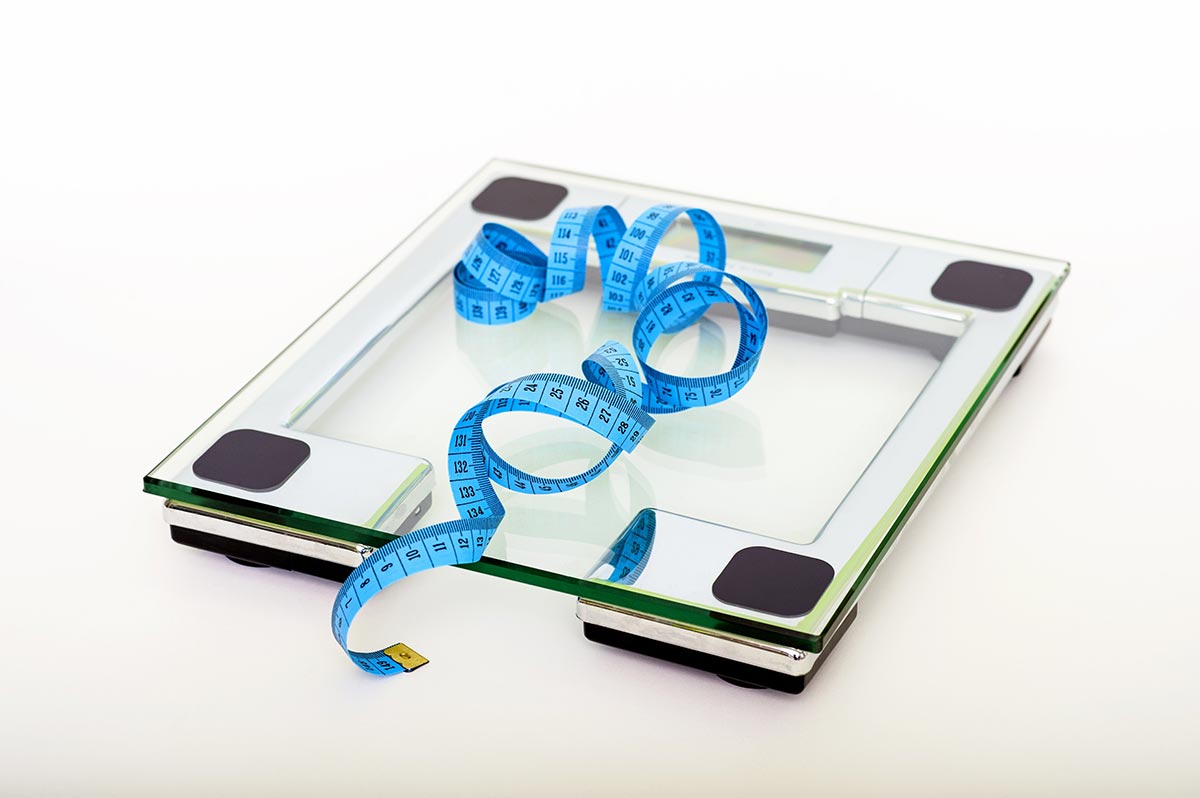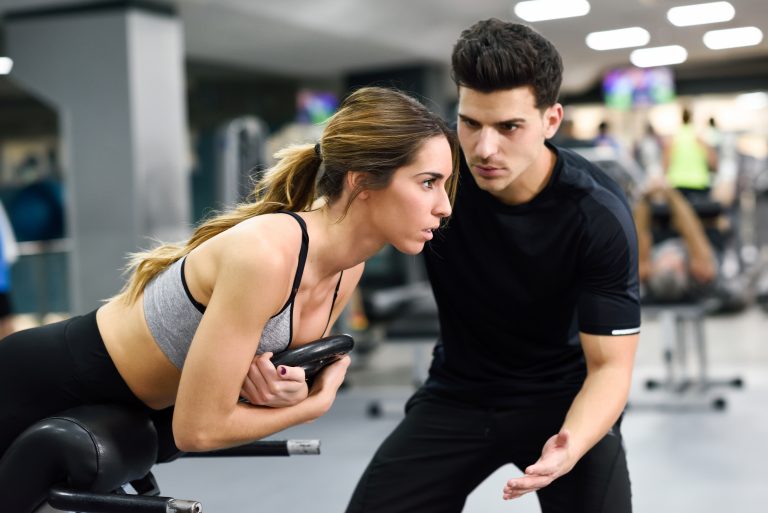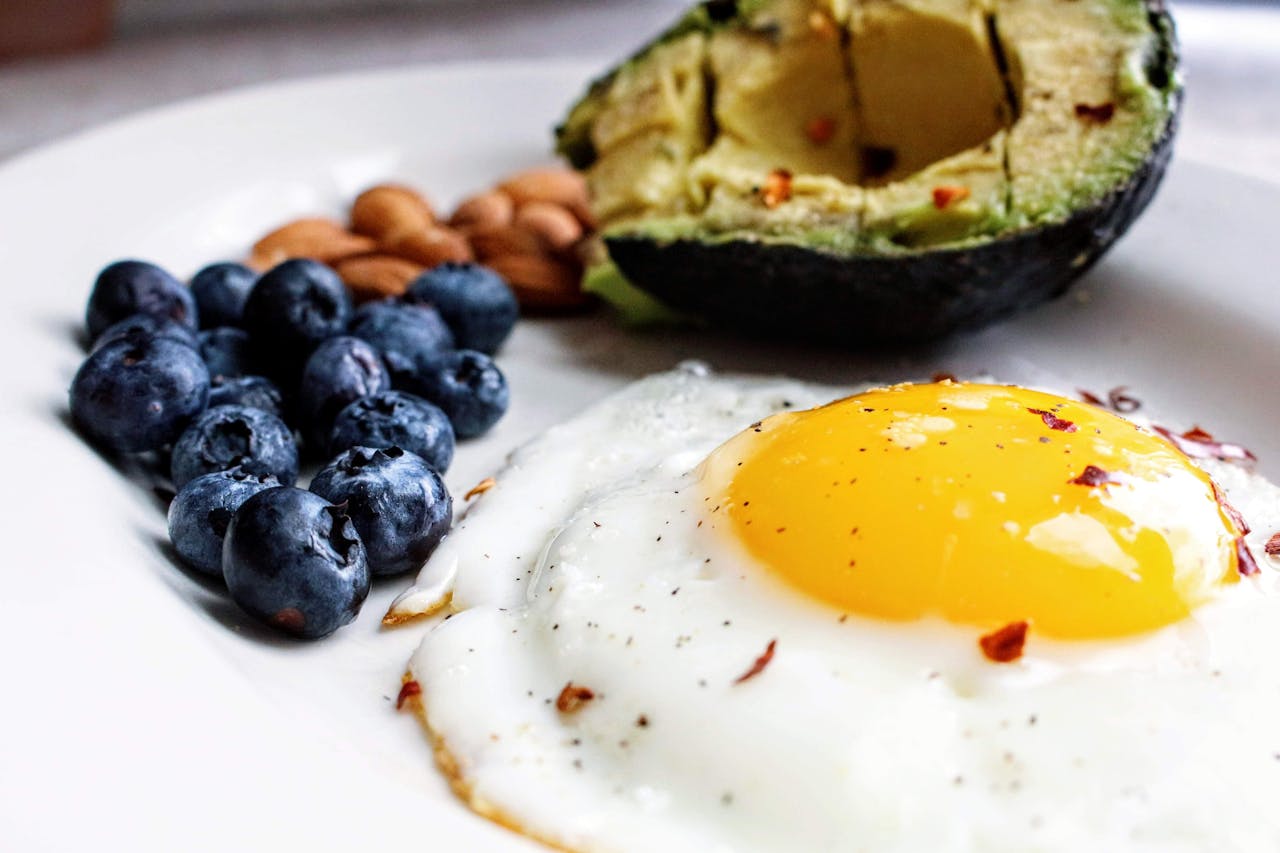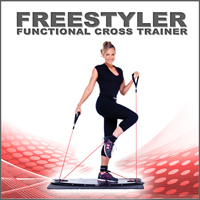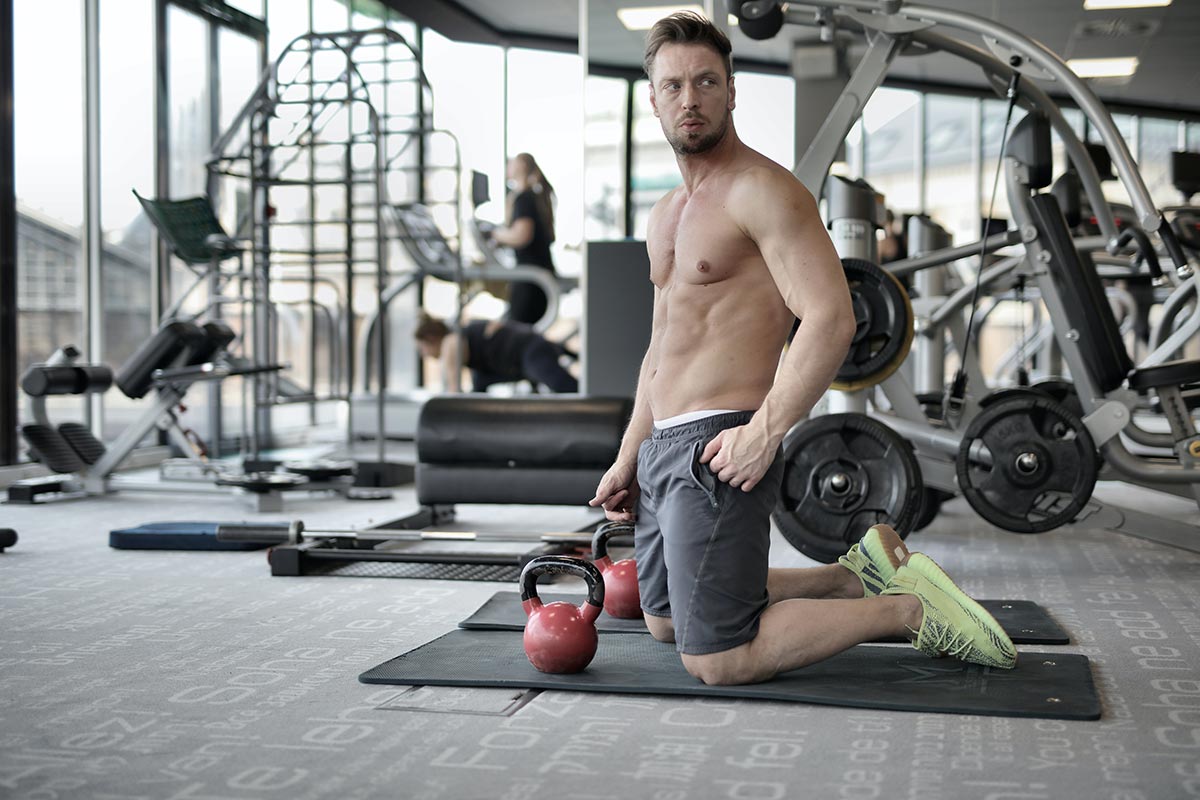The Myth of “Too Late”
Once upon a time, turning fifty meant buying a recliner and surrendering to gravity. Today, that narrative is as outdated as low-fat cookies. Across the United States, the 50+ generation is redefining what fitness means — and why it matters. Science now shows that muscle tissue, cardiovascular endurance, and even cognitive function can all improve well past midlife.
The only thing truly aging faster than the body is the myth that it’s too late to start. If anything, training later in life isn’t a desperate catch-up game — it’s the most strategic investment you can make for longevity, independence, and sanity.
Muscles Don’t Retire — Unless You Do
After the age of 30, adults lose roughly 3–8% of their muscle mass per decade, accelerating after 50. That’s not destiny, it’s disuse. Research published in the *Journal of Applied Physiology* found that men and women in their 70s who trained regularly had muscle biopsies nearly indistinguishable from those of people 30 years younger. The takeaway?
The body doesn’t have an expiration date; it has a use-by date. Resistance training — whether free weights, machines, or bodyweight — remains the single most effective intervention against sarcopenia, frailty, and the kind of “I’ve fallen and can’t get up” scenarios that American television made famous.
Heart, Meet Rewind Button
Cardiovascular exercise, even when started later in life, can reverse decades of sedentary damage. A 2018 study from the *Journal of the American Heart Association* found that participants aged 45–64 who adopted moderate to high-intensity cardio four to five times a week significantly improved left ventricular elasticity — in plain English, their hearts became biologically younger. That’s the equivalent of getting a hardware upgrade without surgery. So when someone says, “At my age, it’s too late,” the data politely disagrees.
Brain Gains: The Cognitive Bonus
Physical training doesn’t just reshape the body; it rewires the brain. Exercise increases the production of brain-derived neurotrophic factor (BDNF), a key protein for memory and neuroplasticity. Studies from Harvard Medical School and the NIH show that consistent aerobic and resistance exercise can reduce dementia risk by up to 30%. Beyond the numbers, there’s also the lived experience: people over 50 who move regularly report better focus, mood, and creativity. The gym, it turns out, might be the cheapest form of mental health care America still has.
Adapting the Training — Not Lowering the Bar
Older adults don’t need “gentle movement”; they need smart programming. The physiology of adaptation changes with age — recovery takes longer, connective tissue is less elastic, and hormonal responses are slower — but the capacity for progress remains. The goal isn’t to train less, but to train wiser. Alternating between resistance, balance, and low-impact cardio yields the best results. And flexibility work isn’t optional; it’s the glue holding the rest together. Think of it as training with a longer warm-up and a smarter cool-down, not as a downgrade.
| Adaptation Factor | Younger Adults (20–35) | Older Adults (50+) |
|---|---|---|
| Muscle growth (hypertrophy) | Fast, higher anabolic response | Moderate, requires consistency |
| Recovery time | 24–48 hours | 48–72 hours |
| Injury risk | Lower, more resilient tissue | Higher, requires technique focus |
| Balance & coordination | Stable baseline | Needs regular neuromotor training |
| Cardiovascular capacity | Peak VO₂max | Improves with interval training |
The Social and Emotional Multiplier
One of the hidden superpowers of fitness after fifty is community. Studies in *The Lancet Public Health* show that social interaction during group exercise sessions can cut mortality risk nearly as effectively as the physical training itself. Humans, after all, are social primates — not hamsters on treadmills. Fitness classes, walking clubs, or even pickleball leagues become emotional insurance policies, especially in a culture where isolation is the new epidemic. Movement creates meaning, and meaning keeps people moving.
Nutrition, Recovery, and the Hormonal Balancing Act
Exercise is half the equation. The other half is what happens when you’re not training. Protein intake should be slightly higher — around 1.2 to 1.6 g per kg body weight — to counteract anabolic resistance. Sleep is crucial; it’s during deep sleep that growth hormone and testosterone pulses occur, both vital for muscle repair and energy balance.
Supplements like creatine and vitamin D, supported by strong evidence for older adults, can further enhance muscular and cognitive function. What’s outdated is the notion that supplements are “for bodybuilders only.” At 55, they might just be your best anti-aging allies.
Movement as Healthcare
In a healthcare system where access is increasingly uncertain, prevention is not idealism — it’s survival strategy. Regular physical activity reduces the risk of chronic diseases that dominate medical costs: type 2 diabetes, hypertension, arthritis, and depression. For many Americans, a gym membership or a pair of walking shoes might be the most affordable health insurance available. That’s not hyperbole; it’s epidemiology. The CDC estimates that 80% of chronic diseases could be mitigated or delayed through lifestyle modification. Fitness, in that sense, is a policy of self-protection.
Where the Trend Is Going
From boutique studios to AI-driven workout apps, the fitness industry is finally recognizing the spending power and commitment of older adults. “Active aging” is no longer a euphemism for stretching classes; it’s a data-driven revolution. Expect to see more tech-integrated recovery systems, mobility diagnostics, and virtual trainers tuned for the over-50 demographic.
The message is clear: age doesn’t disqualify you from the future — it qualifies you to appreciate it. And unlike cryptocurrency or political stability, your body still gives compound interest if you invest regularly.
Sources
1. Journal of Applied Physiology (2011): “Skeletal Muscle Retention in Aging Athletes.”
2. Journal of the American Heart Association (2018): “Cardiac Remodeling with Midlife Exercise.”
3. Harvard Medical School (2022): “Exercise and Brain Health in Older Adults.”
4. The Lancet Public Health (2019): “Social Participation and Mortality in Older Adults.”
5. CDC (2024): “Chronic Disease and Preventive Health Statistics.”
6. NIH (2023): “Anabolic Resistance and Protein Intake in Older Adults.”


